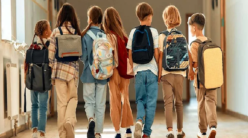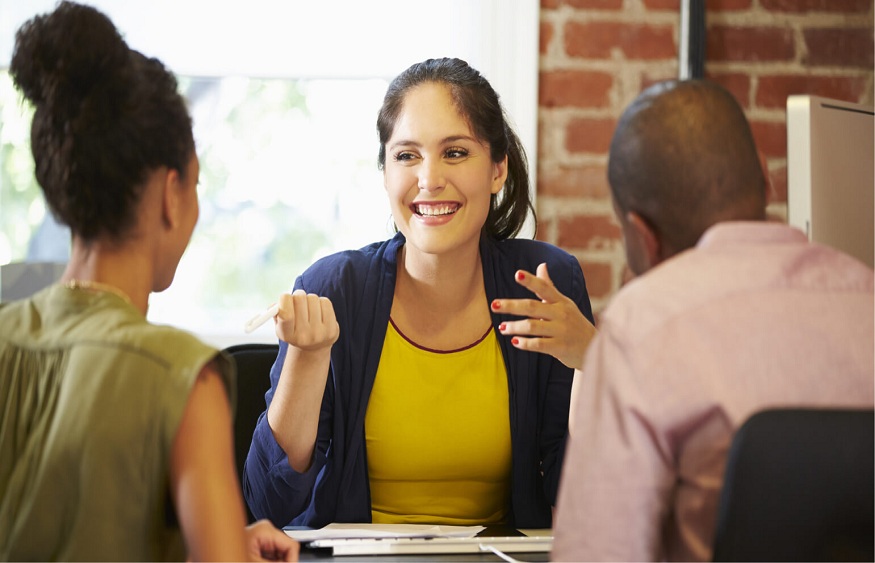In Canada, about 6% of 15-year-olds attend a private schoolNote 2 . Although some provincial governments subsidize some of the costs, parents still have to pay tuition.
Differences between the academic performance of children attending public schools and those attending private schools continue to attract public attention. A central question is the extent to which better student outcomes in private schools are attributable to students’ socioeconomic characteristics or to differences in school resources and practices.
This article examines a sample of 7,142 15-year-olds who were enrolled in grade 10 in public or private secondary schools.Note 3 and who were followed until the age of 23. The follow-up period facilitates the analysis of a wide range of educational outcomes, including test scores at age 15 and educational attainment at age 23. The study focuses on: 1) differences in academic achievement by type of school; 2) differences in factors associated with educational outcomes (socioeconomic characteristics, province of school attendance, school resources and practices, and peer characteristics) by type of school; and 3) the proportion of differences in educational outcomes that are associated with these factors.
Private school students score higher on tests and achieve higher levels of education
On average, students who attended private secondary schools achieved higher school test scores by age 15, and had achieved higher educational attainment by age 23, than those who attended secondary schools. public secondaryNote 4 .
On average, Canadian students outperformed those in other Organization for Economic Co-operation and Development (OECD) countries in reading, math and scienceNote 5 . There was, however, a significant difference between Canadian students who attended private high schools and those who attended public high schools. Indeed, students in private schools had obtained on average 43 to 47 points (8% to 9%) more on the three tests than students in public secondary schools





